A yoga bolster is a versatile prop designed to enhance your yoga practice and offer a multitude of benefits. By providing support, comfort, and alignment, a yoga bolster can help deepen your poses, reduce discomfort, and increase flexibility. This guide explores key yoga bolster asanas that can be significantly enhanced with the use of a bolster, helping you unlock new levels of comfort and relaxation.
Benefits of Using a Yoga Bolster
- Increases Flexibility: Bolsters can help you passively stretch and improve flexibility in poses that might otherwise be challenging.
- Enhances Comfort: By providing support for your back, hips, and knees, bolsters can alleviate discomfort and make your practice more enjoyable, especially during longer-held yoga bolster poses.
- Improves Alignment: Bolsters can help you maintain proper alignment in various poses, reducing the risk of injury and enhancing the benefits of your practice.
- Deepens Relaxation: Bolsters are particularly useful for restorative yoga, allowing you to sink deeper into relaxation and release tension.
- Accessibility: Bolsters can make yoga more accessible for individuals with limited mobility or flexibility, enabling them to explore yoga bolster asanas without strain.
Learn Yoga Bolster Asanas/ Yoga Bolster Poses
1. Supported Bridge Pose (Setu Bandhasana):
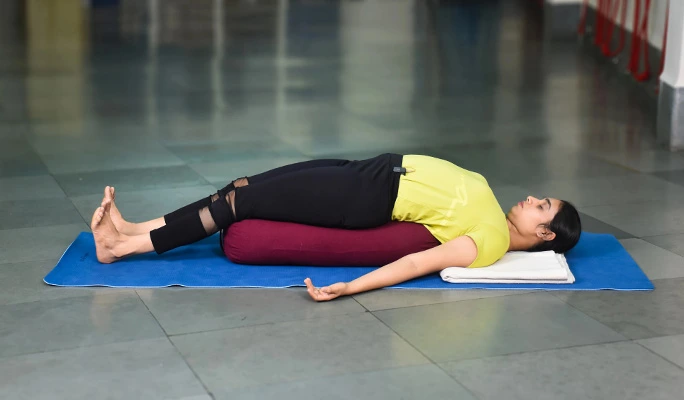
- Place the bolster under your sacrum.
- Lie on your back and bend your knees, placing your feet flat on the floor, hip-width apart.
- Lift your hips off the floor, pressing your feet and arms into the ground.
- Rest your hips on the bolster and relax your arms by your sides.
2. Supported Child’s Pose (Balasana):
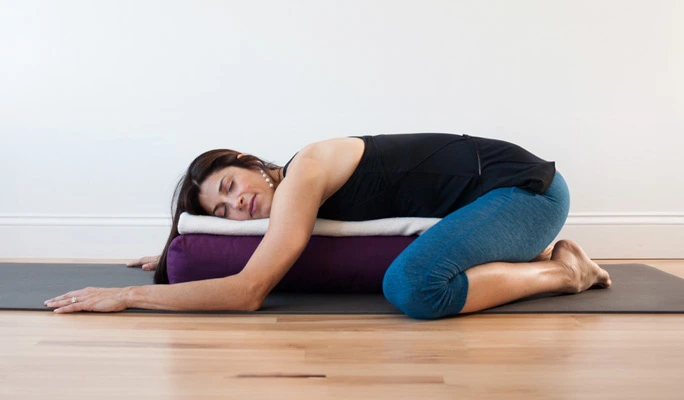
- Place the bolster lengthwise on your mat.
- Kneel and sit back on your heels, placing your knees hip-width apart.
- Lower your torso onto the bolster, resting your forehead on the ground or a blanket.
- Extend your arms out in front of you or rest them on the ground.
3. Supported Supta Matsyendrasana (Reclined Twist):
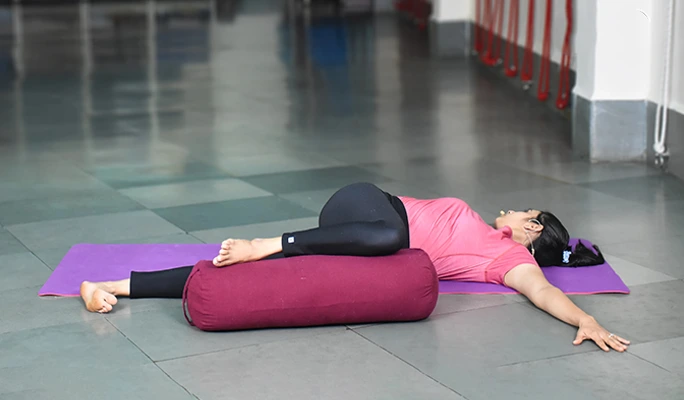
- Lie on your back with your knees bent and feet flat on the floor.
- Place a bolster perpendicular to your body, aligning the center with your hips.
- Extend your arms out to the sides, palms facing down.
- Gently twist your torso to the right, letting your right knee fall over your left leg.
- Rest your left hand on your right knee and your right hand on the floor behind you.
- Hold for several breaths, then repeat on the other side.
4. Supported Savasana (Corpse Pose):
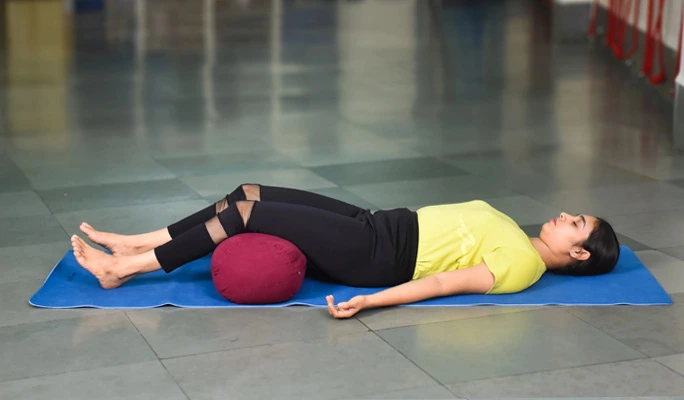
- Lie on your back and place the bolster under your knees or thighs.
- Allow your legs to fall open naturally.
- Rest your arms by your sides, palms facing up.
- Close your eyes and relax your entire body.
5. Supported Backbend (Supported Urdhva Dhanurasana):
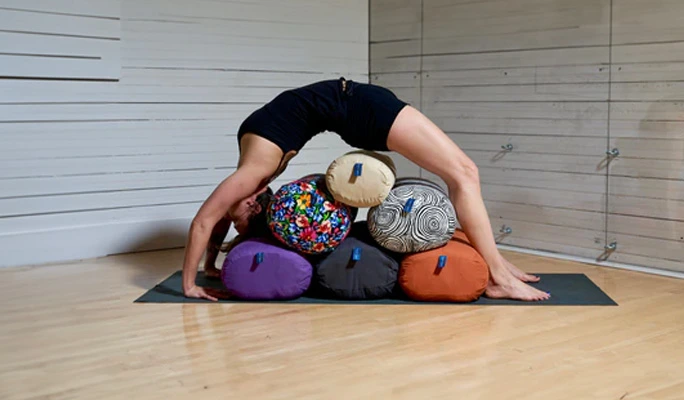
- Place the bolster lengthwise on your mat.
- Lie on your back and place your hands on the floor, palms down, underneath your shoulders.
- Bend your elbows and press your palms into the ground to lift your chest off the mat.
- Place the bolster under your pelvis and gently arch your back, allowing your chest to open.
- Rest your forehead on the bolster or extend your arms overhead.
Tips for Using a Yoga Bolster
- Start with a comfortable position: Experiment with different placements of the bolster to find what feels best for your body.
- Listen to your body: Pay attention to your sensations and adjust the position of the bolster as needed.
- Breathe deeply: Focus on your breath and allow the bolster to support your body while you relax.
- Be patient: It may take time to find the optimal position for each pose.
- Seek guidance: If you’re unsure about using a bolster, consult with a yoga teacher for personalized instruction.
Contraindications
While yoga bolsters asanas are generally safe for most individuals, it’s essential to consider any potential contraindications:
- Back injuries: Individuals with severe back injuries may need to consult with a healthcare professional before using a bolster.
- Hip or knee pain: Bolsters can exacerbate hip or knee pain in some cases.
- Pregnancy: Pregnant women should consult with their healthcare provider before using a bolster, as certain poses may not be suitable.
- Respiratory issues: Individuals with respiratory problems may find it difficult to lie on their back with a bolster under their hips.
Conclusion
A yoga bolster is a versatile prop that can significantly enhance your yoga practice. By incorporating yoga bolster asanas into your routine, you can improve flexibility, reduce discomfort, and deepen your relaxation. These versatile tools offer a multitude of benefits, making them a valuable addition to any yogi’s toolkit. Experiment with different poses and placements to discover the full potential of yoga bolster asanas in elevating your practice.

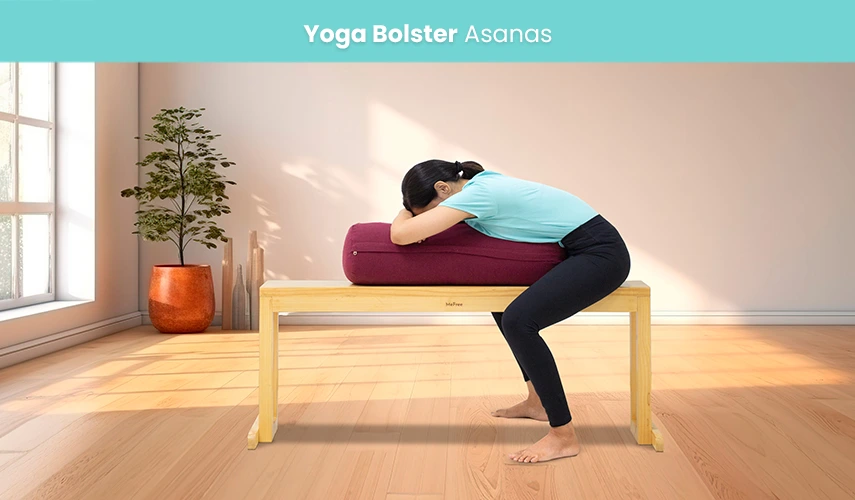
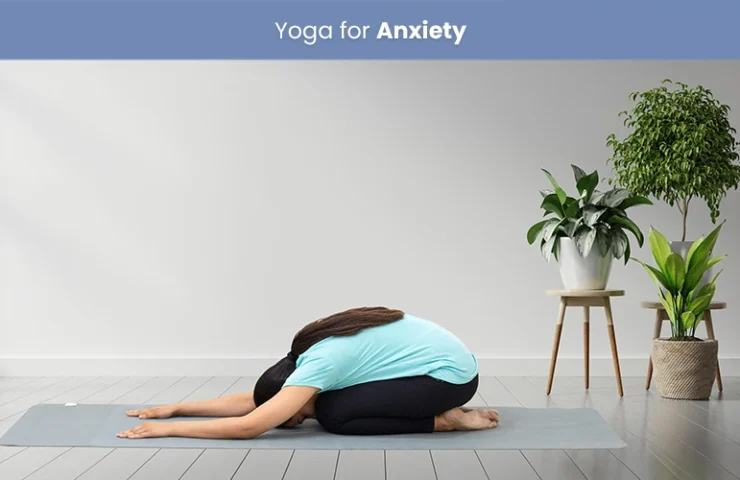
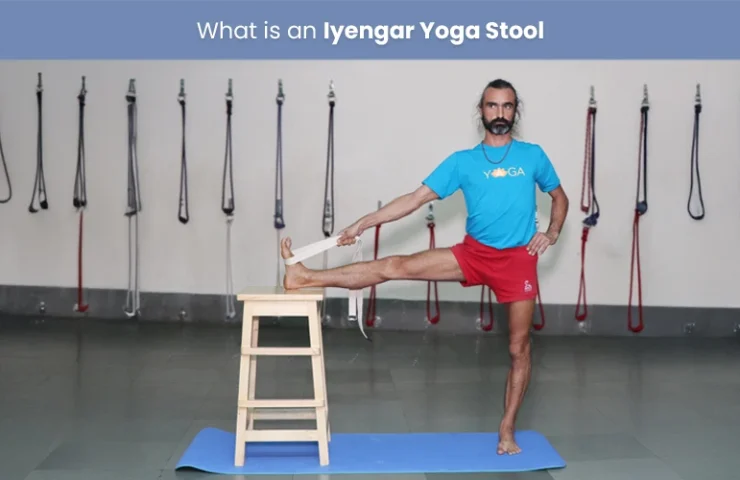
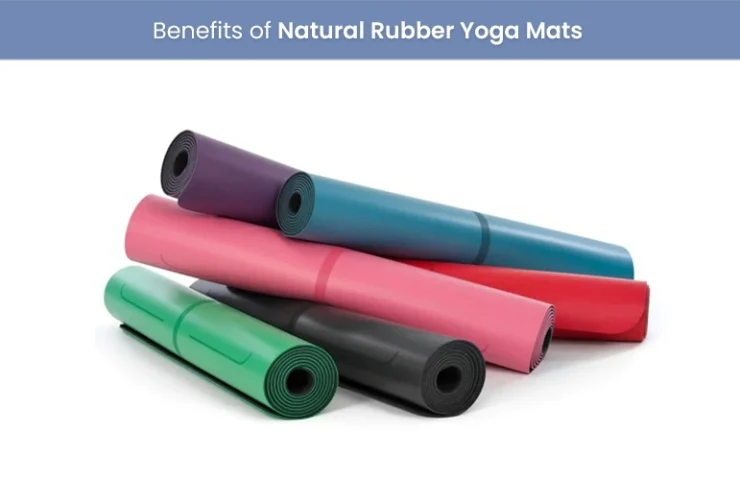
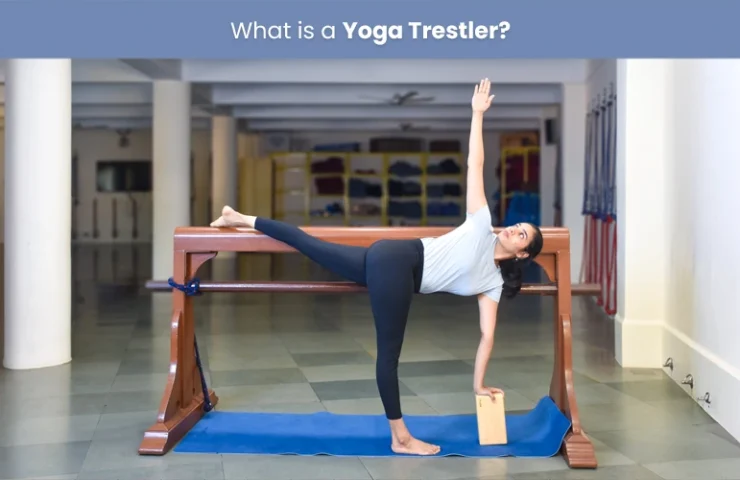
0 Comments for “Yoga Bolster Asanas: Elevate Your Practice with These Supportive Poses!”